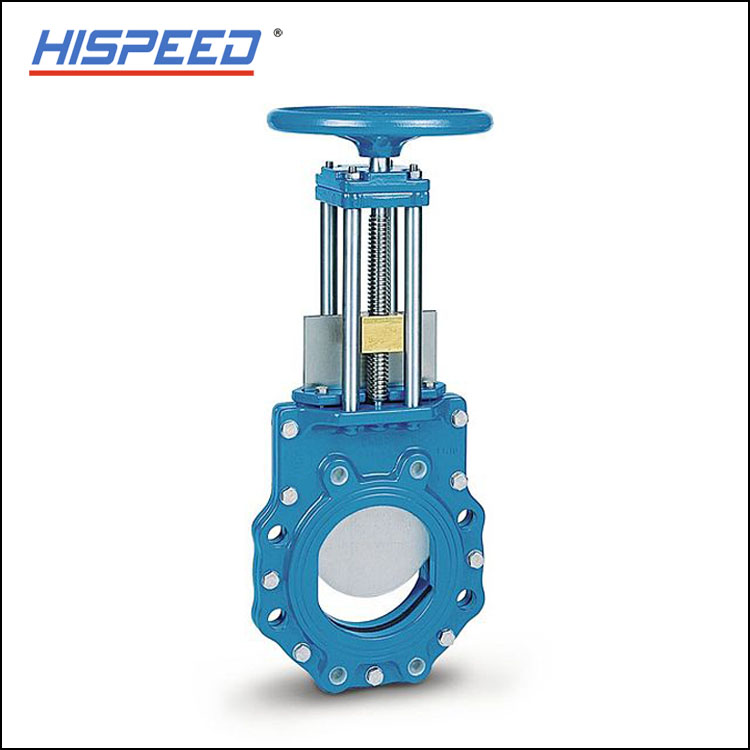Considerations for a ductile iron knife gate valve
2024-01-15
A ductile iron knife gate valve is a type of industrial valve designed for on-off and isolation applications in systems that involve the handling of slurries, powders, or viscous fluids. Knife gate valves are specifically engineered for processes where a gate or blade obstructs the flow, and they are commonly used in industries such as wastewater treatment, mining, pulp and paper, and chemical processing. The "ductile iron" designation indicates that the valve's body and other key components are made of ductile iron, which is a type of cast iron alloy with enhanced strength and ductility.
Here are key features and considerations for a ductile iron knife gate valve:
1. Material:
- The body, gate, and other significant components of the knife gate valve are made from ductile iron. Ductile iron is a form of cast iron that has been treated to enhance its ductility and toughness.
2. Design:
- Knife gate valves have a simple and robust design. The gate or blade is designed to cut through and isolate the flow of fluids, particularly in applications involving slurries or thick fluids. The knife gate valve is well-suited for applications where a tight shut-off is required.
3. Gate Type:
- The gate in a knife gate valve can be designed as a solid wedge, a flexible blade, or a rising stem with a gate attachment. The choice of gate type depends on the specific requirements of the application.
4. Unidirectional Flow:
- Knife gate valves are typically designed for unidirectional flow, meaning they provide effective shut-off in one direction. They may not be suitable for bidirectional flow applications.
5. Sizes:
- Ductile iron knife gate valves are available in various sizes to accommodate different pipe diameters and flow rates. The valve size should be selected based on the requirements of the piping system.
6. Connection Types:
- Knife gate valves are available with various connection types, including wafer-style for between-flange mounting, lug-style for end-of-line applications, and flanged ends. The choice depends on the specific requirements of the piping system.
7. Operation:
- Knife gate valves can be operated manually with handwheels or levers, or they can be equipped with actuators for automatic or remote operation. Actuators may include electric, pneumatic, or hydraulic systems.
8. Resilient Seat Option:
- Some knife gate valves have a resilient seat option, which involves a seat made of materials like rubber or elastomers. Resilient seats provide a better seal and are suitable for applications where a bubble-tight shut-off is essential.
9. Application:
- Ductile iron knife gate valves are suitable for a variety of applications, especially where the handling of slurries, powders, or viscous fluids is involved. Common applications include wastewater treatment plants, mining operations, pulp and paper mills, and chemical processing.
10. Maintenance:
- Proper maintenance is crucial for the reliable operation of knife gate valves. Regular inspection and cleaning help prevent issues such as gate sticking and ensure the valve performs optimally.
Ductile iron knife gate valves are valued for their ability to handle challenging fluids and provide effective shut-off in demanding applications. The choice of knife gate valve depends on factors such as the specific application requirements, flow characteristics, and compatibility with the process fluid. Regular maintenance and adherence to manufacturer guidelines contribute to the long-term performance of these valves.



